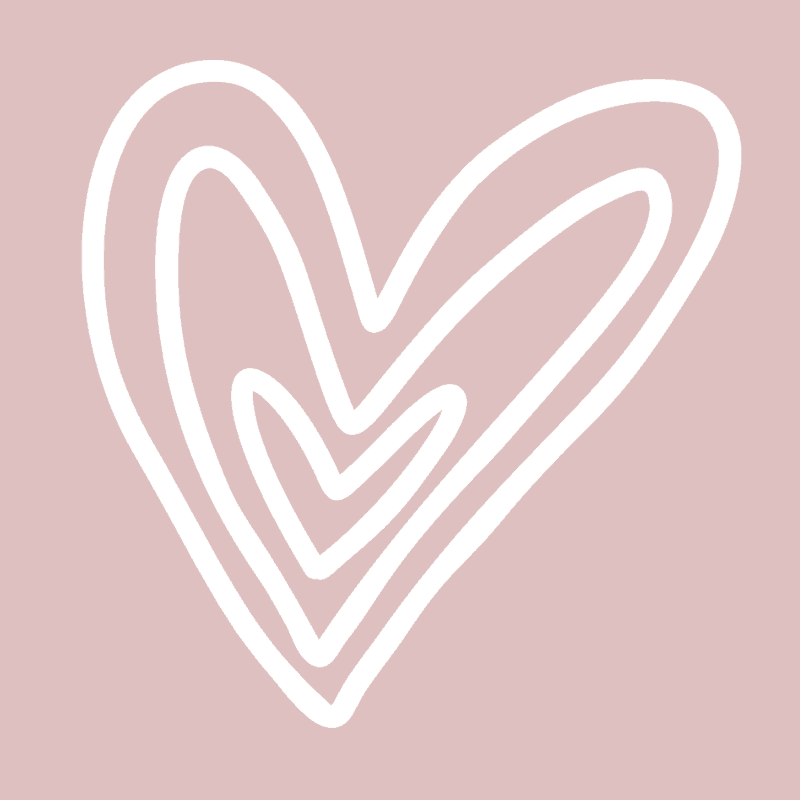Meditation and how the art of Being in the present can change your life
Have you ever experienced a perfect moment where everything around you is pleasant, still and peaceful and yet you can’t feel good?
For example, you have an opportunity to enjoy an early morning by a beautiful lake or beach, on a beautiful sunny day, when nature is just there as the background for your perfect day and your mind doesn’t calm down?
There are some Affiliates links in this post, including Amazon Affiliates. I may receive commissions for purchases made through them. Learn about our Privacy Policy here.
Instead of fully enjoying the scenery you’re thinking of the things you have to do on the next day or even worst, your mind is taking you back to the past, with old and painful memories you’re not able to chase away.
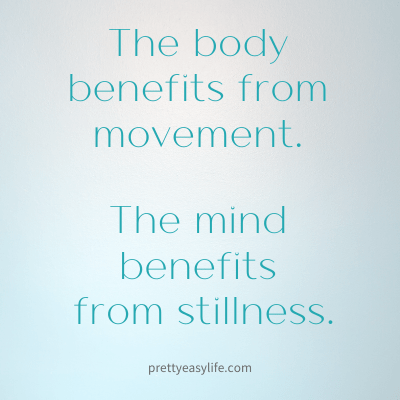
We all have lived this kind of situations and still do.
Quieting our minds is an art and a remedy that can heal the most profound wounds and draw the path to self-awareness to being in the present.
The amazing feeling of just being in the moment, the silence of a mind that is not attached to the past or the future is not an unreachable fairy tale. It is a pleasure and a way of living that can define how happy we can be and how long we’ll live.
Most of us enjoy to read “being in the present quotes”, they’re reminders of how good we can feel when random thoughts are not controlling the actual experience. It’s hard to be present though, present at work, present for someone, present for ourselves.
That’s what meditation can do for you: present moment mindfulness. Let’s understand more about it.
What is Meditation
Meditation is a sophisticated mental system, yet simple process, where expanding your self-awareness starts to permeate your life outside of your meditation sessions.
Gradually and slowly, you will begin to feel a warmth and peace in your heart. Your thoughts, actions, and reactions will start to be infused with a little more love and mindful attention.
All of these things will start happening in flashes, gently. And you will start noticing those moments as signs that you’re living in harmony with your true spiritual self. The result is a deeper appreciation and a profound awareness of the divine quality of your existence, your own miracle that is your life.
Meditation will connect you to your true self. Your true self is not limited, angry, or fearful. Your true self is infinite, filled with pure consciousness.
When you’re feeling anxious and worried, for example, the first thing to realize is that reality isn’t what’s actually worrying you. What is happening is that your fixed habit of mind is causing you to respond to everything with anxiety. Your mind is ruling you in the way is used to do for a long time.
Then you need to look rationally at the anxiety response and accept that you’re not improving it by feeling anxious.
Meditation will introduce you to this peace of present-moment awareness and will give you an experience of profound relaxation that will eventually dissolve fatigue and stress and – as many studies have shown – will promote both physical and emotional healing.
The Amazing Benefits of Meditation
Some of the benefits of meditation for your health are:
- it can lower blood pressure and hypertension
- it can decrease cholesterol levels
- it can reduce the production of “stress hormones,” including cortisol and adrenaline
- it can increase the production of the anti-aging hormone DHEA
- it can improve the immune system
- it can help with anxiety and depression – This is a BIG one!
I started meditating because I’ve been suffering for many years with restless legs syndrome. It is a condition that is not well-known yet and so far there is no treatment for it. There are some ways to minimize the effects but no cure, really. The available medications have unpleasant side effects and most times they stop working overtime. As a Yoga practitioner I had high hopes that Yoga would help me with this condition. And it did a bit, but not enough. However when I started meditating this condition changed dramatically. If you ever decide to get into Yoga, you’ll eventually start to meditate, both practices are deeply related.
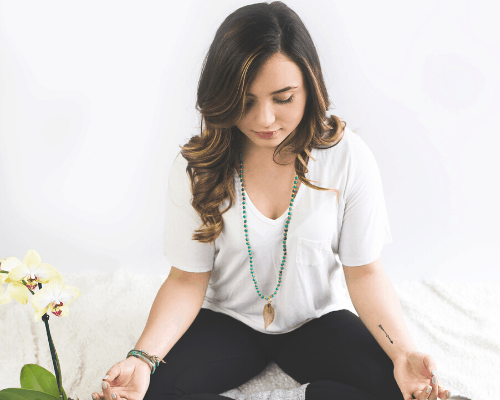
How does Meditation Work
Your mind is filled with thoughts that are engaged on a non stop dialogue between emotional associations and feelings. One thought triggers the other in an involuntary chain. Normally you’re not consciously aware of what is going on.
Your thoughts are flowing in the same direction, like you have no control over them. Memories from the past force your reactions to be repeated over and over, in the same limited way. Many times you can recognize them, so familiar they have become. Yet, you’re not able to stop them.
Most people build up their personal identity on this basis without even realizing they are doing this.
In meditation you’ll disrupt the unconscious progression of thoughts and emotions by focusing on a new object of attention, which can be: a mantra, your breath, or an image.
By focusing your attention on this new object, you’ll be loosening the grip of sticky emotions and will connect to your true-self.
You will feel deeply relaxed because Meditation will bring you to the peace of present-moment awareness. It’s like your mind is capable now to dissolve stress and enjoy a different type of inner peace where there are no ties with the past or the future. It’s the present that counts.
When your mind is fully engaged in the “here and now” there’s no room for worries about the future.
The amazing truth is that your mind can be trained to do so.
This can be a difficult concept to process and believe, but there are thousands of people who meditate every day for many years as a central part of their daily routine. Have a look at these famous people who meditate every day.
Over time you will learn that “this” moment is the only place where happiness, love, and peace can truly be experienced.
Oprah Winfrey attributes the richness and success of her life to being “fully present.” She says, “I have learned that your full-on attention for any activity you choose to experience comes with a level of intensity and truth,” she says. “It’s about living a present life, moment to moment – not worrying about what’s going to happen at 3 o’clock and what’s going to happen at 7 o’clock.”
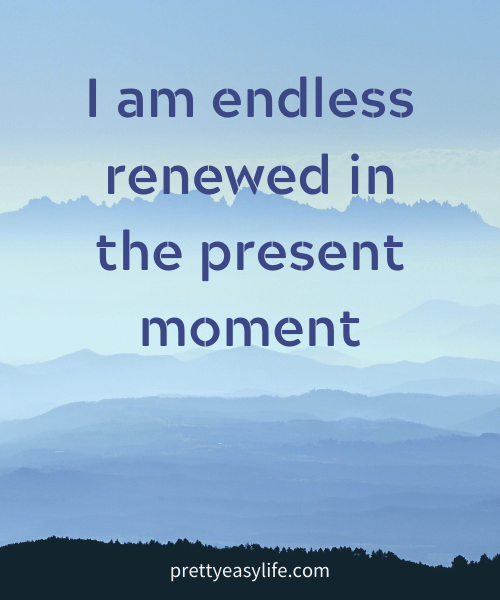
3 Simple Examples of Being in the Present
1- When driving your car, pay attention to the act of driving. As automatic as it feels, pay attention to the mechanical movements you do and the route you’re taking. Do not let your mind wonder about your coming meeting or your groceries shopping list. How many times you were driving without even noticing where you were going and ended up at a different destination where you were supposed to be?
2- When cooking dinner, focus your attention on preparing your meal, enjoying the smells and the taste of your food, instead to be rushing against the clock because you “need” to get it ready by a certain time. 10 min before or later won’t matter, take your time, enjoy the cooking like you’re a chef, not like you’re just have to get this cooking out of your way.
3- When talking to somebody, focus your full attention in that person, no matter how long your conversation is. Don’t look at your phone, don’t get distracted, pay attention to what this person has to say, how does she/he look and feel a connection. This is not rocket science and can be done even in a quick chat with your neighbor over the fence.
Meditation and Science
In one study conducted by the Department of Psychology, Boston University about mindfulness-based therapy, “results suggest that mindfulness-based therapy is a promising intervention for treating anxiety and mood problems in clinical populations.”
According to this study, in 2013, researchers at Johns Hopkins, publishing in the Journal of the American Medical Association, identified 47 studies that qualify as well-designed and therefore reliable. Based on these studies, they concluded that there is moderate evidence that meditation reduces anxiety, depression, and pain, but there is no evidence that meditation is more effective than active treatment.
Regardless scientific studies and research results, keep in mind that even if you’re still skeptical about getting into Meditation, any practice that will allow you to be present with yourself, devoting time to be more aware of who your are and how you want to live your life, is worth a bit of effort.
Is Meditation a Spiritual Practice?
Meditation is a practice that will take you beyond the noisy voice of your mind into a place of stillness and silence. It doesn’t require a specific spiritual belief. People of different religions practice meditation without any conflict with their current religious or spiritual beliefs. Some are atheist or agnostic. They meditate in order to experience inner quiet and to enjoy the physical and mental health benefits.
For example, Deepak Chopra began meditating to help him to stop smoking. He has been meditating every day for 40 years. Learn more about him:
Meditation is not only effective to heal wounds or mental issues, it can help you to enrich your life allowing you to enjoy whatever you do, whether is taking care of your kids, advancing in your career or looking after your family.
What do you Need to Meditate
In a few words: nothing other than yourself in a quiet space.
Of course there are many Meditation spaces that are super nice and supposedly can make your experience even nicer. However the beauty of Meditation is that you can do anywhere, any time. Actually even if you can’t find a quiet place, using head-phones for a guided meditation session will do the job.
You can sit on a chair or meditation bench or anywhere you can get comfortable. A meditation cushion is the most popular thing people sit on during meditation. The great thing about a meditation cushion is that it is easiest to sit in an upright position when you’re on one, which improves your alertness. Check out this memory foam mandala carpet, how adorable it is.
It is a good idea to start meditating in short sessions of 10, 15 or 20 min and you can start on your favourite chair. It is ok if you fall asleep. Over time you’ll find your best way to meditate, your best chair or cushion.
For a timer that doesn’t sound as an alarm, you can use this free one that has a chime tone, which is a very pleasant way to finish your meditation.
To enhance your experience add some scent to your meditation sessions. I really enjoy doing this and every day I pick a different candle depending on how I feel. My ever favourite is this one.
Remember that sitting upright with your back straight can be physically challenging. Practicing any kind of physical activity, but mainly Yoga will help you to get in good shape to be sitting still for the duration of the meditation session.
Related:
The amazing benefits of Yin Yoga
Morning Yoga to start your day
Meditation as a Path to your Inner Peace
Peace is the natural state of the mind at its deepest level. When you’re feeling worried, fearful, stressed or uneasy, there is no peace.
The first step if to identify when this happens and be mindful of these signals before they take over your thoughts and emotions.
Simply sitting in a quiet space, closing your eyes and taking slow and deep breaths works very well to calm your mind and realign your thoughts. Meditating is a process where you’ll be able to work towards your inner peace, which is the ultimate goal of our lives, as human beings.
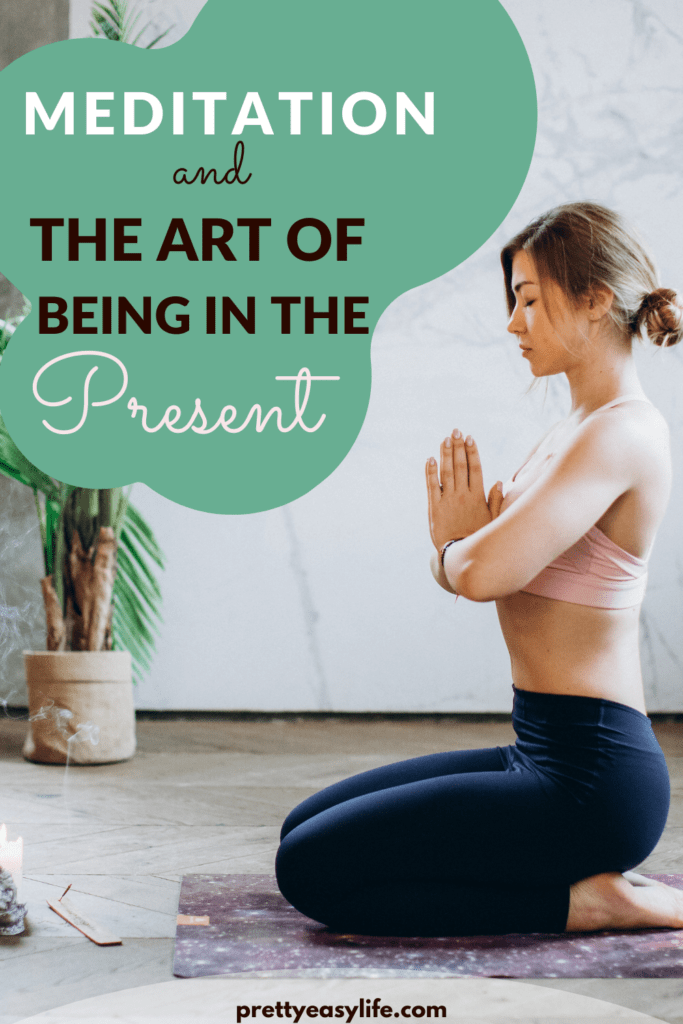

Subscribe to Our Content
You will receive a surprise free printable once a month to make your life easier!
You can unsubscribe any time
[convertkit form=845130]
